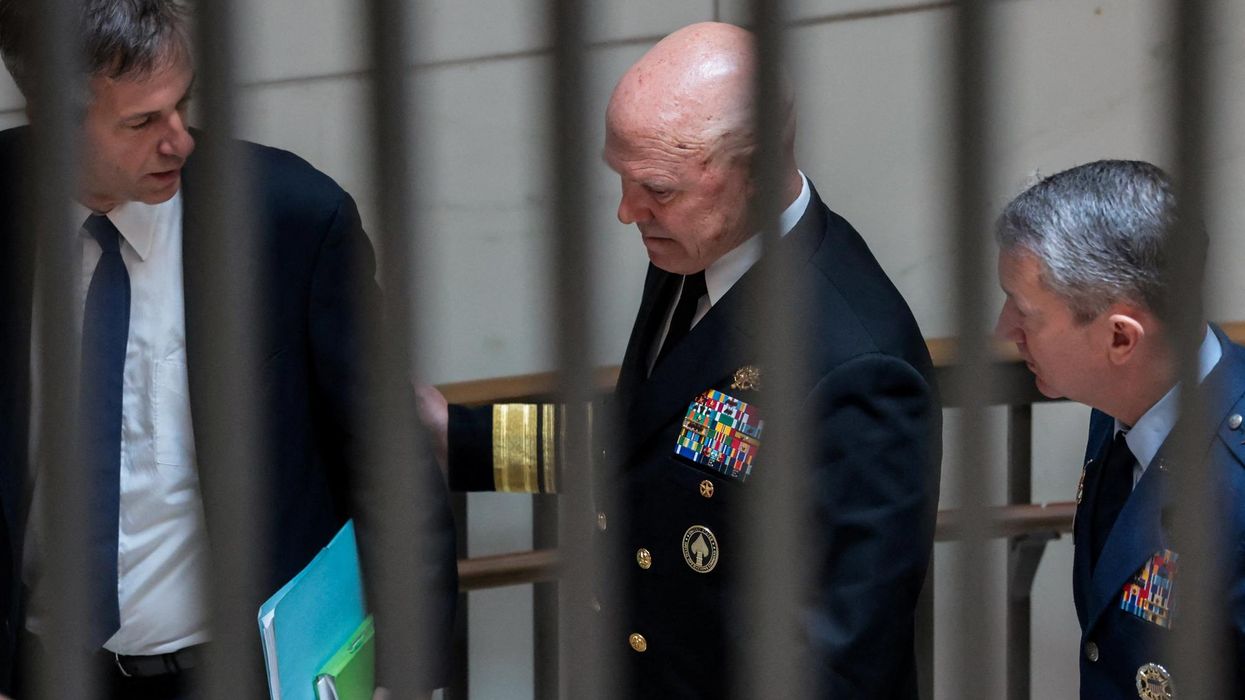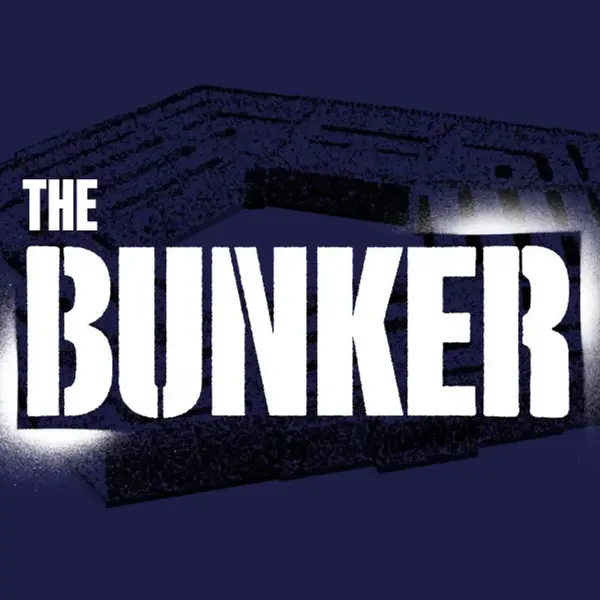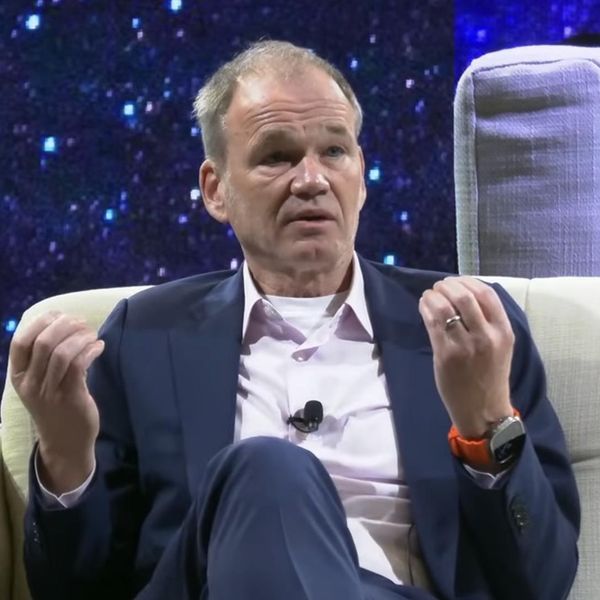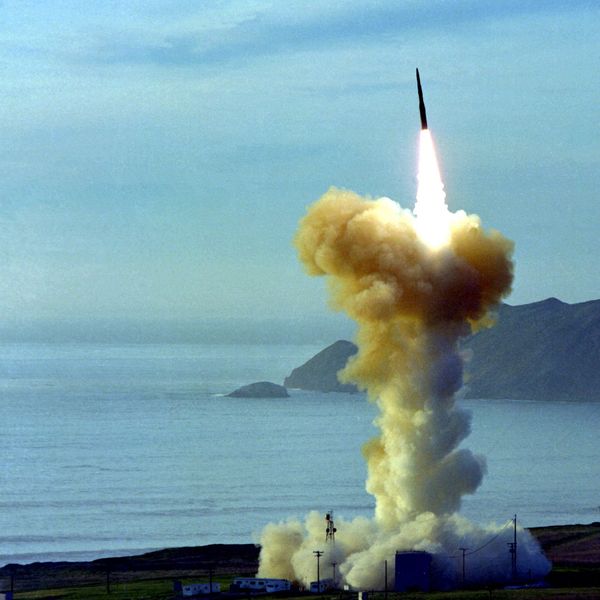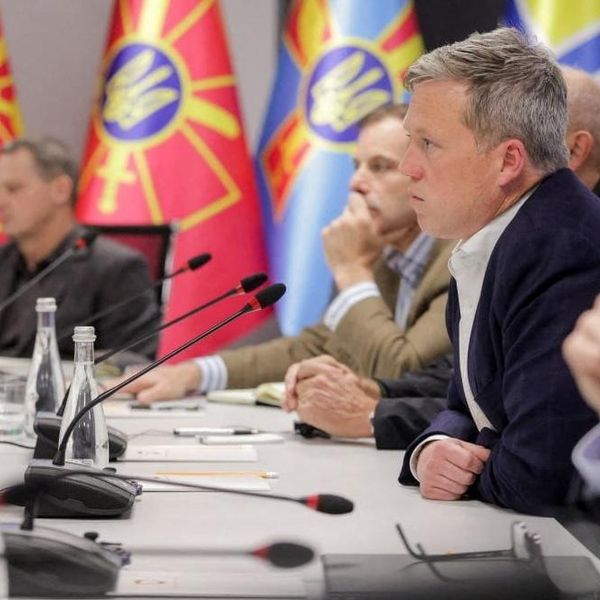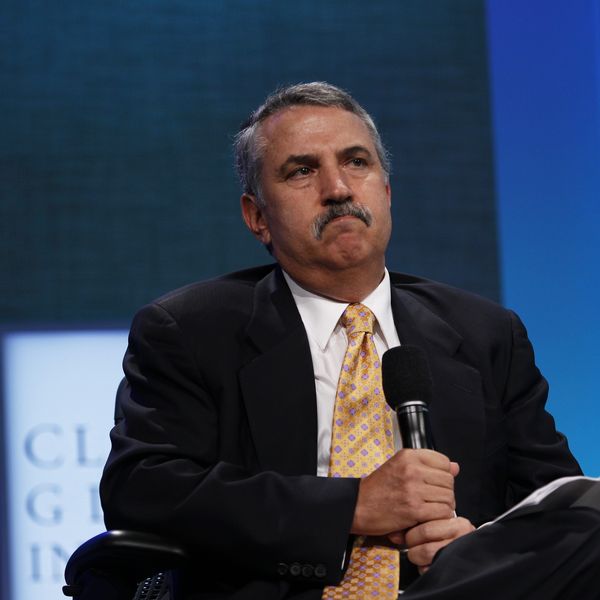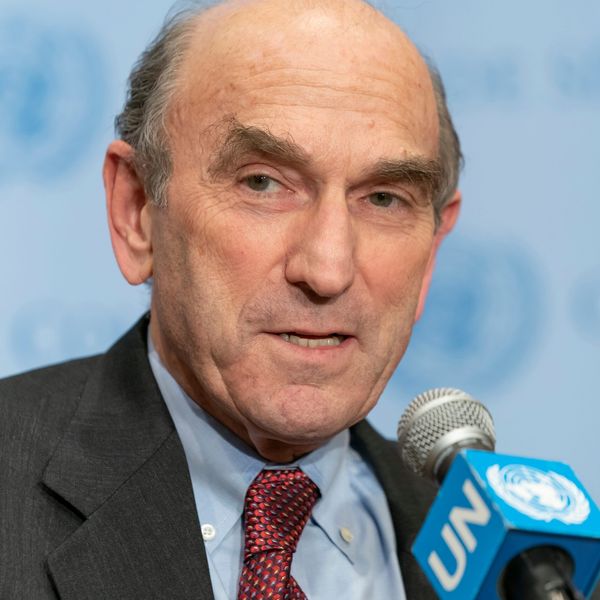The coronavirus onslaught has brought new public attention to Albert Camus’ 1947 fictional masterpiece, “The Plague.” And rightly so. By absorbing his compelling narrative of an imagined bubonic plague striking his hometown, we can better appreciate the social impact of our own affliction. But the author also consciously uses the plague and its consequences as an allegory for political mass killings and humanity’s “natural” impulse to struggle against them. In this respect, Camus’ can stimulate Americans to raise questions about their country’s foreign policy priorities that go beyond the need to combat global pandemics.
In the novel, leaders and citizens of an “ordinary” city preoccupied with “business” and “simple pleasures,” are initially reluctant to admit that a deadly infection is abroad. But the rapidly growing number of deaths soon forces them to acknowledge, and act upon, reality. As the plague spreads, auxiliary hospitals are established. Family members and others close to the afflicted are quarantined in isolation centers. The city’s borders are closed except for imports of essential commodities. Mail is prohibited for fear of contamination and access to overloaded long distance phone lines is severely rationed.
Isolated from their absent spouses, lovers, children, and other relatives, people feel like they are in exile. Doctors rush to procure and develop vaccines and treatments, but they prove ineffective. As the death toll mounts, groups of corpses are transported to cemeteries, interred in mass graves and ultimately loaded into crematories. Finally, after several months, the assailant begins to retreat. One glorious day the city’s gates reopen, families and lovers are reunited and the residents gather in the streets to celebrate.
Much of this story resonates with the plight we find ourselves in today even though there are some differences of detail. Most importantly, the bacterial bubonic plague Camus explores is far more deadly than viral COVID-19. In addition, it is mainly, though not exclusively, spread by blood-seeking fleas rather than airborne human droplets. Thus, the citizens of Oran, desperately seeking to distract themselves from fear and loneliness, are permitted to gather at cafes and movie theaters. In contrast, we maintain our six feet of “social distance” while remaining free to communicate using phones, email, and social media. Nonetheless, we too suffer from the interruption of close human contact.
But the enduring greatness of the novel, and the most important way it should speak to us today, lies in how its main characters learn from and are transformed by their experiences with mass killing. At the center is Bernard Rieux, 35, a conscientious physician who has “never gotten used to” seeing patients die. From Oran’s often inspiring response to the plague, he reaches a broad conclusion about modern mass murder. “There are more things to admire than to despise” in humanity; “the evil in the world comes almost always from ignorance…the soul of the murderer is blind.” Confronted with undeniable mass killing, the people of Oran realize it is everyone’s business to struggle against it. This is less heroism, explains Rieux, than drawing a logical consequence: like two and two make four. Suffering from the absence of his ill wife in a mountain sanitarium, he nonetheless volunteers to direct new auxiliary hospitals.
In intimate conversations with the doctor, the other principals decide to take similar paths. Tarrou is a visitor to the city who seems to possess ample means. Beneath his outward self-confidence and detachment, he confesses he is searching for “inner peace.” At 17, he was traumatized by witnessing his father, a lead prosecutor, call in court for the head of a trembling convict and learning that his dad personally attended executions. An advocate for ending capital punishment, he also came to understand that he had “indirectly subscribed to the death of thousands of men and I had even provoked this death in my approval of the actions and principles that influenced them.” In Oran, he takes the initiative to organize voluntary health teams which pursue public hygiene, accompany doctors, provide transport and inspire others to resist the scourge.
Rambert, a young foreign correspondent stuck in the city, longs for his lover in Paris. For months, he has worked with seedy characters to organize his escape while volunteering as an aide to Rieux. Yet on the eve of his departure he realizes that he would be “ashamed” to leave and that would hinder his love: “Now that I have seen what I have seen, I know I am from here whether I want to be or not.”
Finally, Grand, a middle-aged public servant, can never find the right words to complain about a broken promise of promotion, works so much that he has “forgotten to love” his wife, who leaves him, and tries to write a novel but cannot get beyond perfecting the first sentence. Confronted with the plague, he constitutes himself as the data center of the health teams. It was “natural,” Rieux comments, for him to join this struggle against death “though there was nothing heroic about him.”
Today, we see countless instances of health workers, friends, neighbors and leaders “naturally” putting aside their private interests to defend their communities against a murderous virus.
Camus’s plea to his post-Fascist, post -World War II generation — and to us — is to use the “knowledge and memory” of our plagues, political as well as biological, to inform what “we still ought to achieve against terror and its untiring arm.” For the United States in 2020, this would entail much more than “getting back to normal” after driving back COVID-19.
Most obviously, it would mean giving much greater priority in U.S. foreign policy to combating the threats of global climate change and diseases, forging political settlements for the murderous military and economic conflicts which we have furthered (Afghanistan, Yemen, Syria, Iran, and Venezuela) and reducing the danger of nuclear incineration with arms controls and diplomacy. The challenge for both our political leaders and ourselves is to make the realities and threats of mass killing so vivid, and policies to address them so convincing, that like Camus’s characters, we respond like two and two make four.


